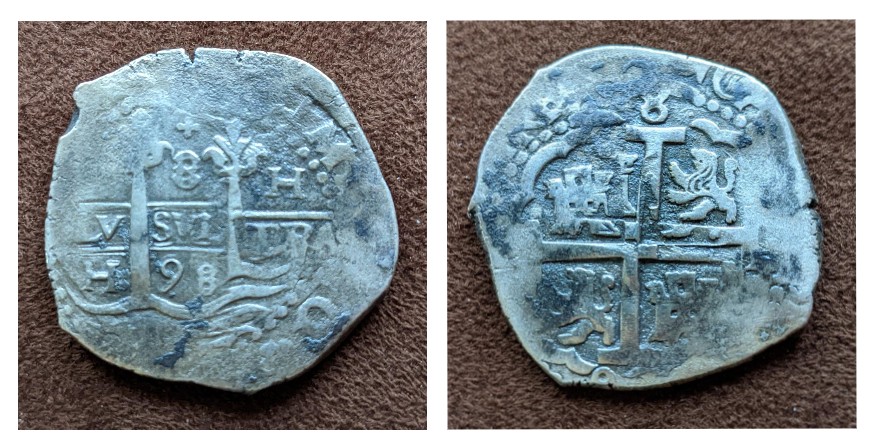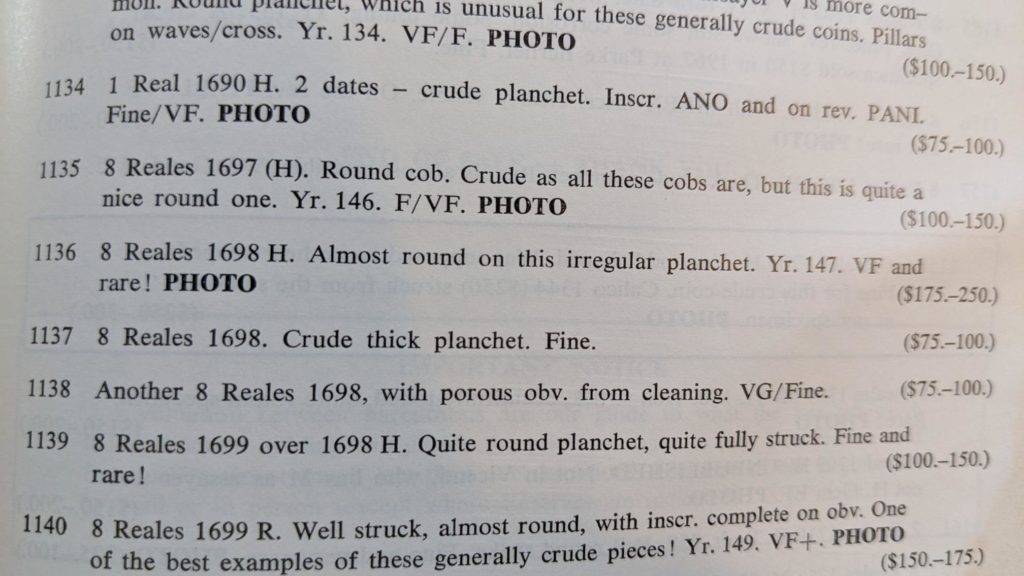Our Treasure of the Month for February was a recent acquisition from the Florida United Numismatist (FUN) Show held in early January of this year. Our featured item is this silver eight reales dated 1698 produced at the Spanish colonial mint in Lima, Peru. Mint records show that there were 1,450,931 eight reales minted in 1698. Despite the fact that production was periodically interrupted by earthquakes, the Lima mint nevertheless produced copious amounts of silver eight reales coins especially from 1692 to the end of the 17th century (1699). As such, the 1698 Lima eight reales is not particularly rare. Along with 1699 issues the Lima eight reales from 1698 are one of the more common denominations found on the 1715 Fleet wreck sites.
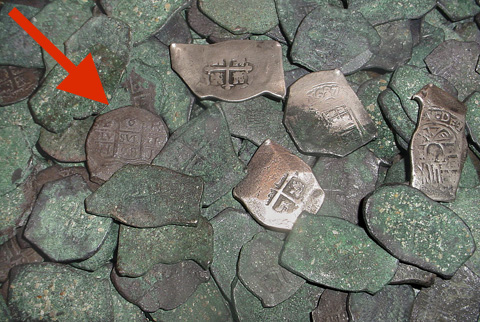
The State of Florida Collection boasts a total of thirteen dated 1698 and twenty two dated 1699. Unlike silver coins minted at the Mexico City and Potosi mints, Lima eight reales coins are characterized by excellent die engraving, relatively round shape and a lack of striking irregularities. However, that is not to say that these coins were flawless. There are a good percentage of Lima issues that have doubling as can be seen in our featured coin.
An evenly struck specimen will have on its obverse two pillars (the Pillars of Hercules), and the words “PLUS ULTRA” (spaced across the center PLV/SVL/TRA). Below the “PLUS ULTRA” is the date and above the “PLUS ULTRA” the denomination (here “8” for 8 reales). In the upper left corner and the lower right corner is the letter “L” (for Lima). In the lower left corner and right upper corner the last initial of the assayer (here an “H’ for Hurtado). Note that the waves at the bottom between the pillars dip on Lima coins (and rise on coins minted at Potosi).
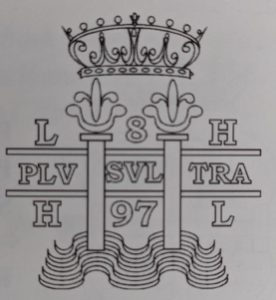
The reverse side of the coin should have a nicely centered cross with lions (in the upper right and lower left quadrants ) and castles (in the upper left and lower right quadrants) The denomination “8” is at the top of the cross. The letter “L” is to the left of the cross at the 9 0’clock position and the assayer’s initial (here “H” )is at the 3 o’clock position. SEE BELOW
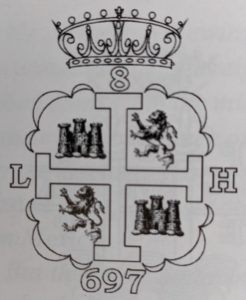
Our subject coin, however, lacks the characteristic uniformity that we see in so many of the Lima coins. The pillars and lines of separation are obviously not even (in fact, broken), the PLV/SVL/TRA is also uneven and the waves on the bottom lack symmetry. SEE BELOW 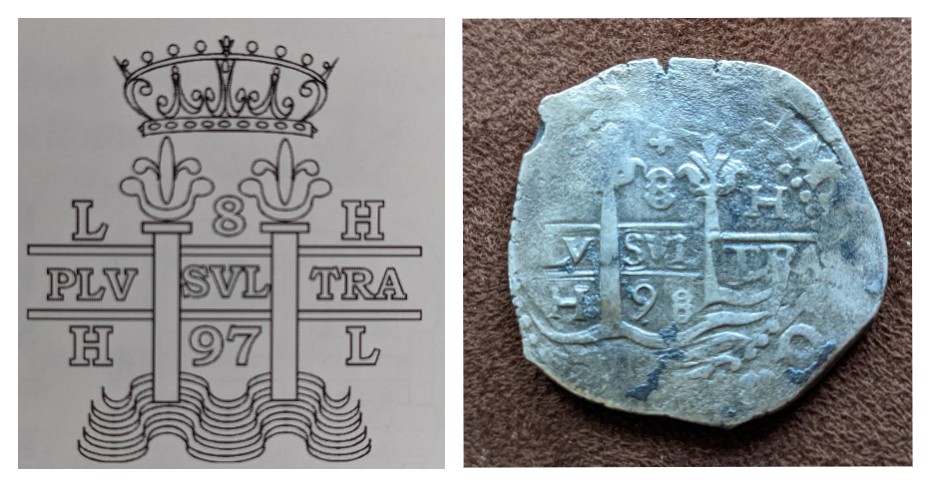
The image below shows a broken cross on the reverse.
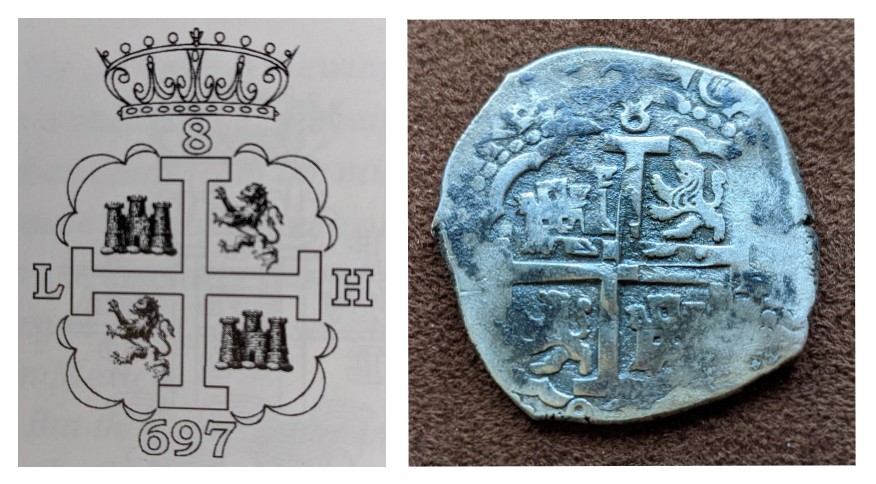 What explains these disparities? We do not have a consensus answer to this question. Doubling is the obvious answer but what caused this doubling is not altogether clear. Some Lima specimens exhibit absolutely no doubling while others do. One possible answer to this doubling issue may lie in the fact that the softer the planchet was the easier it was to strike. As the planchets cooled they became harder to strike requiring more than one blow which caused the coin to bounce, resulting in a double strike. There may be other reasons but it is clear that Lima issues have much more detail, dates and consistency in shape and size than other colonial mints.
What explains these disparities? We do not have a consensus answer to this question. Doubling is the obvious answer but what caused this doubling is not altogether clear. Some Lima specimens exhibit absolutely no doubling while others do. One possible answer to this doubling issue may lie in the fact that the softer the planchet was the easier it was to strike. As the planchets cooled they became harder to strike requiring more than one blow which caused the coin to bounce, resulting in a double strike. There may be other reasons but it is clear that Lima issues have much more detail, dates and consistency in shape and size than other colonial mints.
Despite its shortcomings, our Treasure of the Month has a special quality that overcomes any minting issues. Pedigree. This coin is pedigreed to one of the most famous auctions of 1715 Fleet material, the November 1972 Schulman Sale (Lot 1136).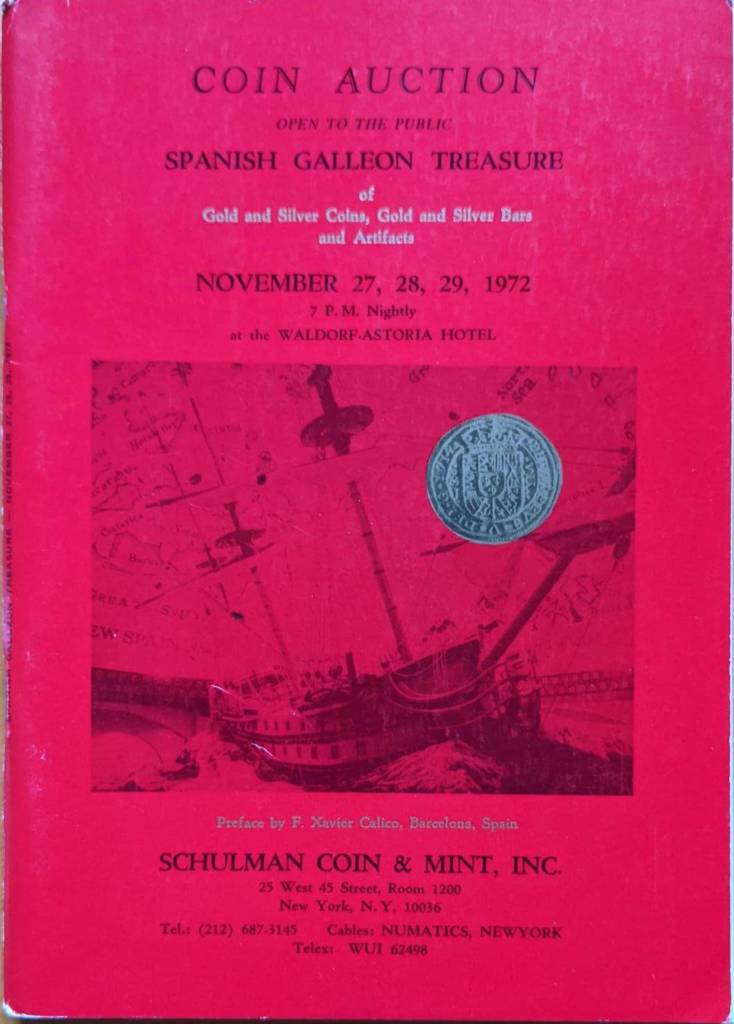 This fantastic find was brought to our attention by Charlie Winn of New Smyrna Beach, Florida. Charlie has been compiling data on the final period of cob coinage production at the Lima mint (1684 – 1752). One of the bi-products of that research is the discovery of lost pedigrees. As a result of his work he was able to identify this coins lost pedigree and establish it as a coin that had its origin in a long ago and famous auction.
This fantastic find was brought to our attention by Charlie Winn of New Smyrna Beach, Florida. Charlie has been compiling data on the final period of cob coinage production at the Lima mint (1684 – 1752). One of the bi-products of that research is the discovery of lost pedigrees. As a result of his work he was able to identify this coins lost pedigree and establish it as a coin that had its origin in a long ago and famous auction.
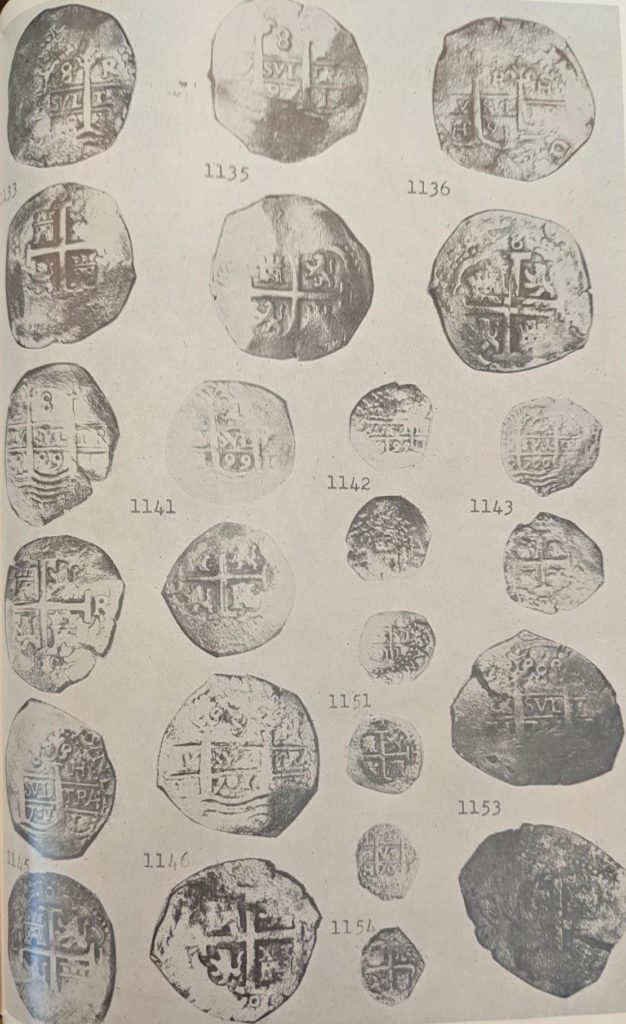
For other coins pedigreed to famous auctions see our Treasures of the Month for September 2013, February 2014, June 2014, July 2015, January 2020, September 2020 and October 2021.
Much of the information used for this post was obtained from the texts: Craig, Alan. Spanish Colonial Silver Coins in the Florida Collection. University of Florida Press, 2000 and Richards, Ernie. Shipwrecks and Their Coins: Volume III The 1715 Spanish Treasure Fleet. En Rada Publications, 2006.
Also, many thanks to Charlie Winn who provided much needed information and editing.
